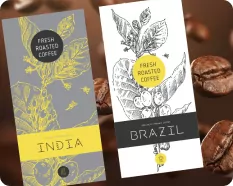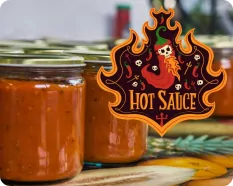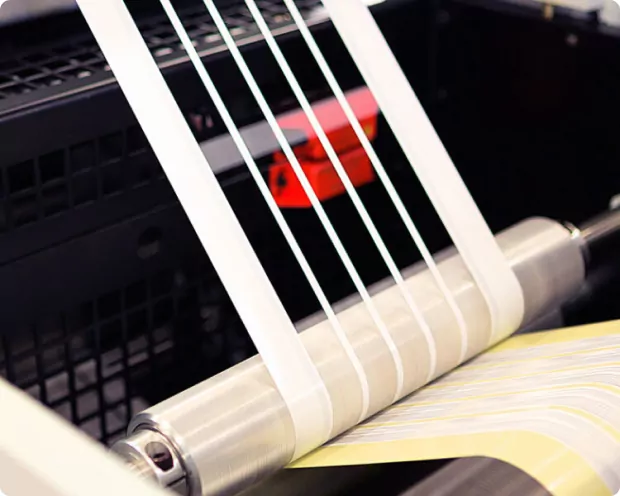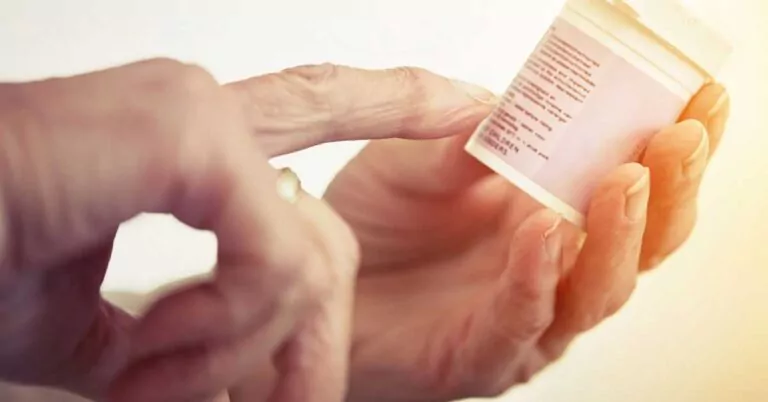Entice Your Customers with 4 Delicious Elements of Good Coffee Label Design
There’s nothing like freshly roasted coffee beans. The smell is invigorating—just begging customers to get out their grinder and brew the beans into a fresh cup. If you’re a coffee bean roaster, you probably know that coffee label design is crucial to the look and feel of your packaging.
But how can you be sure that your coffee bag labels stand out? Do your coffee packaging labels catch customers’ eyes? Are they unique? Appetizing? Will they hold up to the wear and tear of the kitchen?
There’s a lot of competition in the coffee world. So be sure that your brand stands out! Here are 4 elements of a good coffee label design that you should consider when you package up your beans.
1. Your Coffee Bag Labels Should Reflect Your Brand
Branding consistency is crucial for your product labels, whether it’s coffee, hot sauce, wine, or any other food product. You want labels that reflect the unique brand of the beans within but also stay consistent with your brand and message.
For example, if your coffee is locally roasted and marketed mainly in your community (or your city’s name is in your brand), why not name the beans for surrounding neighborhoods and include a landmark on each label. If your company wants to highlight its organic product or sustainability, a vibrant but minimalist coffee label design may be in order.
When designing coffee bag labels, you’ll want to look at both elements—your brand (colors, logo, preferred fonts) and the type of coffee. The labels should be unique enough to allow customers to quickly differentiate between a blonde roast and a dark while still showcasing that these coffees are distinctly roasted and packaged by your company.
2. Your Coffee Label Design Should Fit Your Packaging
Whether you’re selling your coffee in-house at your coffee shop, marketing your beans online, or selling at retail outlets, your coffee label size is important. Most roasters choose to package their coffee in metalized or polyester laminate insulated pouches or bags. Some also feature a valve to allow the coffee to release gasses after roasting (and stay fresher longer).
There are many different sizes and options for coffee pouches. You could also use insulated paper pouches, although the coffee will not stay fresh for long. Most pouches and bags are in a standard size of 16 oz (one pound) with a foldable top and often a flat bottom.
Your coffee packaging gives you a lot of flexibility in terms of labeling. Some bags are custom printed right onto the bag, but coffee labels can be a good choice for coffee sellers who want more packaging options. Select coffee package labels that are an appropriate size for your pouches. Labels should take up almost the entire front and back of the bag, with only a small margin around the edges. This will allow you to make the most of your packaging real estate.
3. Your Coffee Labels Should Be Eye-Catching
Similar to the craft brewing industry, there is a lot of competition in the coffee industry. Since the early 90s, when coffee culture took off, the market has been tight. So not only are you putting your brand up against the big guys, but you’re likely competing with artisan roasters from nearby coffee shops down the street (or at least the next town over).
When your coffee is on the shelf, it needs to stand out to customers. A simple coffee label design might work if you’re only selling at your own store. After all, customers are already walking in your door and coming to you for their beans. But if you want to market your java in more spots, you’re going to need to jazz up your coffee label design.
Look at your packaging for inspiration. If your packaging features shiny black plastic, a bold, graphic label with a gloss laminate could look fantastic. A matte laminate label with earthier tones may look appropriate on a tan, green, or brown coffee package. Don’t underestimate the addition of eye-catching features like custom cuts, metallics, or embossing to help your coffee labels stand out from the crowd.
4. Your Coffee Bag Labels Should Be Durable
The core purpose of any food label is to convey important information to the consumer. Yes, labels are a way to advertise, promote your brand, and look good on the shelf, but they also need to contain essential elements like weight measurements, ingredients, storage, and brewing instructions. In addition, this critical information needs to be easy to read, clear, and durable.
Coffee lives in the kitchen, where coffee package labels are exposed to moisture, heat, and even cold temperatures. The labels need to hold up to water, spills, and frequent handling. If your packaging is recyclable, your label material should fit the same parameters (keep in mind that adhesives are not always recyclable, so you may need to choose a removable option).
A laminate finish and a durable adhesive are important for ensuring your labels stay intact and in place. Customers will be disappointed when they can’t read instructions, don’t know expiration dates, or want to remember that delicious coffee type, only to discover that the label was damaged.
Your coffee does an important job. It helps people start their day with a smile and a little caffeine boost. Your coffee bag label should work just as hard to get your brand message across to your customers. If you’re looking for assistance with unique food and beverage labeling design, we can help. Reach out today to request a quote!




